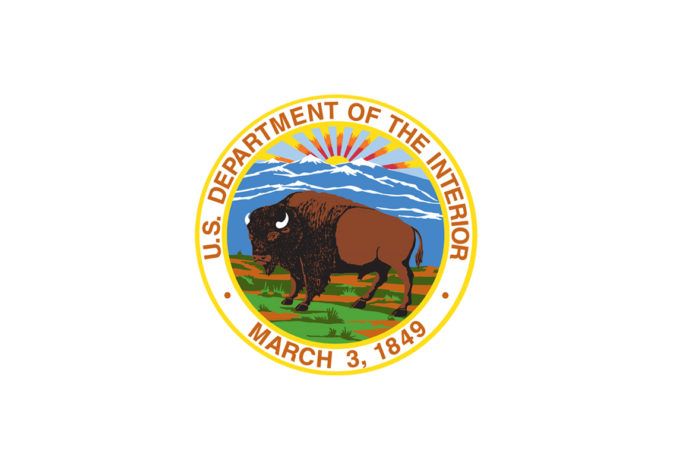KLAMATH FALLS, OR – Senior leaders from the Department of the Interior finished a two-day visit to the Klamath Basin this week to meet with tribes, state and county officials, interagency partners, and water users to discuss near- and long-term solutions related to drought impacts and highlight how investments from President Biden’s Bipartisan Infrastructure Law will help protect and conserve species and their habitats in the region.
Over the past 20 years, the Klamath Basin has met unprecedented challenges due to ongoing drought conditions, limited water supply and diverse needs. The Bureau of Reclamation and U.S. Fish and Wildlife Service have diligently sought collaborative solutions for water availability with partners and those intimately connected to land and water conditions. The Interior Department has held several engagement sessions, virtually and in-person, as part of its commitment to transparency and ongoing review of best practices as we continue to address climate change and work towards long term solutions in the Klamath Basin for current and future generations.
Leadership representing the Office of the Secretary, Bureau of Reclamation and U.S. Fish and Wildlife Service toured the area, including visits to the Lower Klamath and Tule Lake National Wildlife Refuges, A Canal, Link River Dam, Keno Dam and the Ady Canal.
The leaders held a listening session with the Klamath Tribal Council and met with tribes located along the Klamath River: the Karuk, Yurok, Resighini, Hoopa and Quartz Valley Tribes. The Interior Department team also met with water users in gatherings with the Klamath Water Users Association and Klamath River Renewal Corporation.
With the Klamath Basin experiencing the third consecutive drought year, farmers and ranchers have been faced with operating on a very limited water supply from the Klamath Project, managed by Reclamation. Discussions reinforced the efforts of the Interagency Drought Relief Working Group, co-chaired by the Departments of the Interior and Agriculture, which is actively working to identify and disburse immediate financial and technical assistance for impacted irrigators and tribes. It is also developing longer-term measures to respond to climate change and build climate resiliency.
President Biden’s Bipartisan Infrastructure Law invests $162 million to restoring the Klamath Basin ecosystem and identifies significant additional opportunities to support water resilience and infrastructure, all of which will make great strides in delivering on the Department’s commitment for sustained, inclusive engagement that helps minimize the impacts of the drought and develops a long-term plan to facilitate conservation and economic growth.
Throughout the visit, Department leaders committed to continuing to work closely with Klamath Basin stakeholders on Bipartisan Infrastructure Law-related efforts to identify projects that will contribute to the success of the shared heritage and cherished natural resources of this important ecosystem.















































